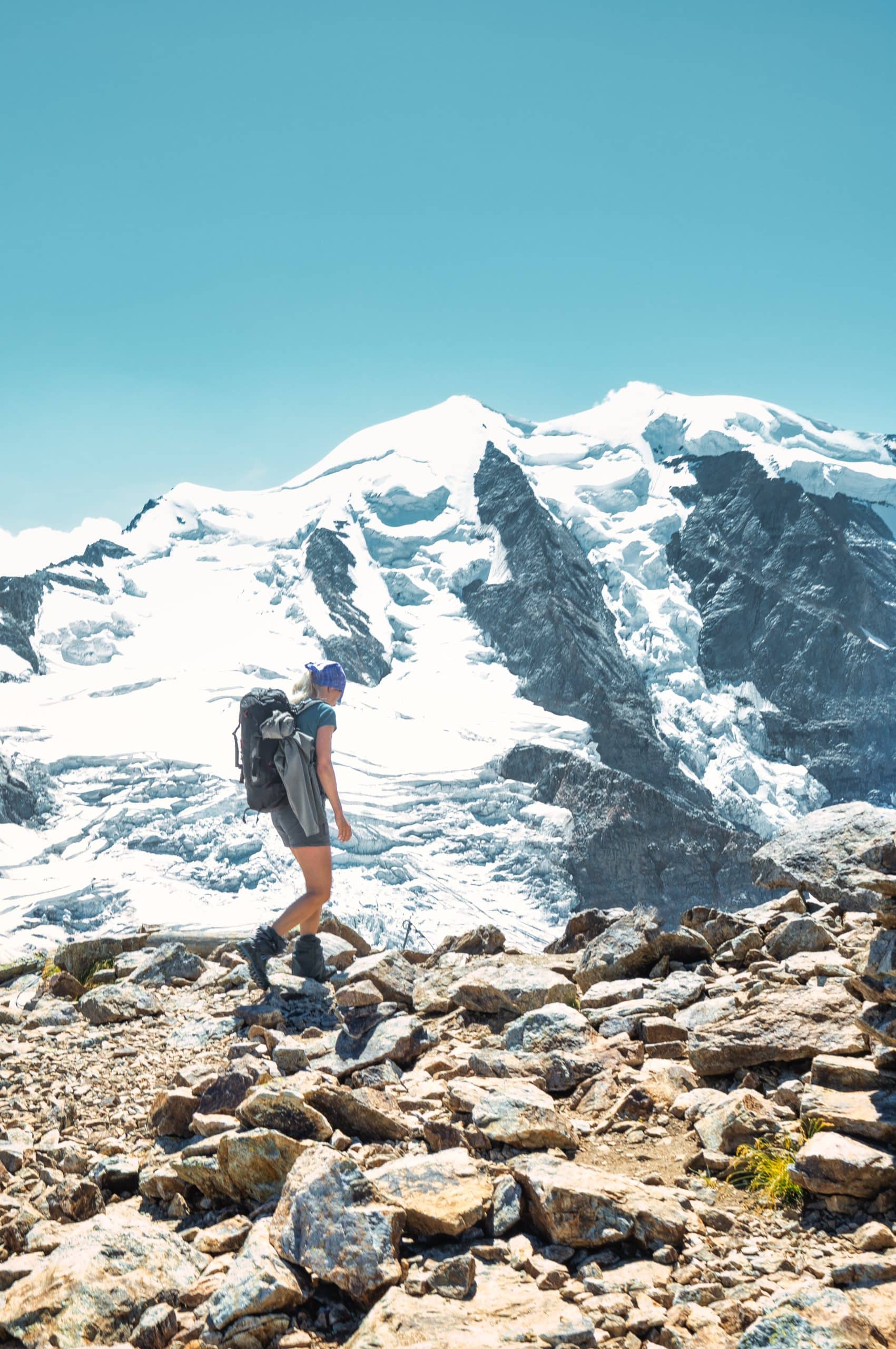How can you prepare for high-altitude camping in the Scottish Highlands?

Planning Your Route
Going camping in the wild of Scotland's highlands isn't just a simple weekend getaway. It's an exhilarating adventure that requires careful planning, preparation, and an appetite for the unknown. For the seasoned camper or the adventurous hiker, Scotland's lofty peaks and verdant valleys offer an exciting challenge that is hard to resist.
Planning your route is the first crucial step. Scotland's highlands are dotted with numerous trails, each offering a unique view of this wild landscape. The West Highland Way is one of the most popular paths, stretching 96 miles from Milngavie to Fort William. It offers a variety of landscapes, from lowland moors, dense woodland, and rolling hills, to steep mountain terrain.
A lire également : How to camp near coastal bird habitats in the UK without disturbing them?
Ben Nevis, the highest peak in the UK, often features on many hikers' itineraries, and for good reason. The breathtaking views from its summit are worth the demanding ascent. It's best to check the weather forecast before attempting this climb, as conditions can change rapidly.
The Cairngorms National Park also offers numerous hiking routes, from gentle strolls to challenging climbs. Its trails give you the opportunity to see some of Scotland's most diverse wildlife.
A lire aussi : What are the best strategies for packing light while ensuring you have all essentials for a UK camping trip?
Choosing the Right Gear
The next step in planning your high-altitude camping trip in Scotland is choosing the right gear. In the Scottish highlands, the weather can be unpredictable. One minute you're basking in glorious sunshine, the next you're battling against gusty winds and heavy rain. Therefore, your gear needs to be versatile and durable.
A good sleeping bag is essential. Look for a high-quality, down-filled bag that can withstand temperatures well below freezing. A sleeping pad will offer extra comfort and insulation.
Your backpack should be sturdy, waterproof, and spacious enough to carry all your gear. It should also fit comfortably, as you could be wearing it for several hours each day.
A camping stove is a necessity for preparing hot food and drinks. Opt for a lightweight, compact design that is easy to carry and use.
Don't forget a waterproof tent, a map and compass, a first aid kit, and plenty of layers of clothing. Remember, it's better to be over-prepared than under-prepared when venturing into the wild.
Food and Water
When you're hiking and camping in the Scottish highlands, you'll need to be self-sufficient, particularly in terms of food and water. It's crucial to plan your meals in advance and pack food that is high in energy, lightweight, and easy to prepare.
Dried meals are a good option, as they're light to carry and can be prepared with just boiling water. High-energy snacks such as nuts, dried fruit, and energy bars are also beneficial to replenish the calories you will burn during the day's hike.
Water is an essential resource, but it's heavy to carry. It's recommended to bring a water filter or purification tablets, as you will come across many streams and rivers in the highlands. Always ensure the water is safe to drink before consuming it. Don't rely on its appearance alone.
Health and Safety
While the Scottish highlands offer a beautiful and exhilarating camping experience, the wilderness also poses several health and safety risks. Before setting off on your adventure, familiarize yourself with the potential hazards and how to deal with them.
Weather conditions can change rapidly in the highlands, so it's essential to check the forecast frequently and be prepared for all eventualities. If severe weather is predicted, it may be better to postpone your trip.
Navigation can be tricky, particularly in poor visibility. Always carry a map and compass, and know how to use them. Even if you're using a GPS, it's a good idea to have these traditional tools as a backup.
Finally, remember to tell someone your planned route and estimated return time before you set off. If you get into trouble, this information will be vital for search and rescue teams.
Respect the Environment
Camping in the wilderness is about enjoying the natural environment, so it's essential to leave the highlands as you found them. Found in the Scottish Outdoor Access Code, the principles of 'leave no trace' camping should guide your actions.
Camp at least 30 meters from lochs and streams. Not only does this protect the water source from pollution, but it also ensures you're not disturbing any wildlife.
Take all your litter home with you, including any food remnants. They can harm the local fauna and flora. Similarly, be careful where you light a fire. Avoid areas of peat, as fire can easily spread and cause substantial damage. Using a portable stove is a safer option.
By adequately preparing for your camping trip, respecting the environment, and prioritizing your safety, you can enjoy all that the wild, high-altitude landscapes of Scotland have to offer.
Understanding Scotland’s Wildlife and Plants
As one of the UK's last wildernesses, the Scottish highlands are home to a rich and diverse range of wildlife and plants. Identifying these can add an extra layer of enjoyment to your camping trip. You might spot red deer, golden eagles, pine martens, otters, and if you're very lucky, perhaps even a Scottish wildcat.
It's also a haven for birdwatchers, with species like the capercaillie, ptarmigan, and the rare white-tailed sea eagle. Be sure to pack a pair of binoculars and a field guide to help you identify the various species.
The highlands are also home to unique plant life. From the ancient Caledonian pine forest to the carnivorous sundews and butterworts found in the boggy moors, the flora of the highlands is as diverse as its fauna.
Remember, while it's fine to look, disturbing the wildlife or picking the plants is not. The highlands are a precious ecosystem, and it's important to respect all creatures and plants. In keeping with the principles of 'leave no trace' camping, always observe wildlife from a distance, and never leave any litter behind.
Navigating Scotland’s Weather
Scotland is known for its unpredictable weather. Within a single day, you may experience sun, rain, wind, and even snow. As such, it's crucial to pack for all eventualities and check the forecast regularly.
The weather in the highlands can change quickly, especially on higher ground. Fog, sudden temperature drops, and strong winds are common occurrences. Checking the weather forecast before and during your trip, and adjusting your plans accordingly, can help keep you safe.
In winter, the highlands can be especially treacherous. Snow and ice can make paths slippery and dangerous, and the risk of avalanches on slopes increases. If you're planning a winter camping trip, it's wise to have experience in winter hiking and mountaineering.
Despite the changeable weather, there's something incredibly rewarding about experiencing the highlands in all its moods. Seeing a loch under a vibrant sunset or a mountain peak emerge from a bank of cloud can make braving the elements worthwhile.
Concluding Thoughts
Preparing for a wild camping adventure in the Scottish Highlands involves careful planning and respect for the environment. From packing the right gear, understanding the local fauna and flora, to being prepared for rapidly changing weather conditions, there's a lot to consider. But with the right preparation, your camping trip can be a rewarding way to immerse yourself in one of the UK's most stunning landscapes. Undeniably, the Scottish Highlands, with its captivating beauty, from Ben Nevis to Loch Lomond, and the West Highland Way, offer an unparalleled camping experience.
Whether your path leads you through the dense woodland of the Cairngorms National Park or up the steep slopes of Fort William, every step is a journey through wild and untamed nature. And at the end of the day, when you're enjoying a hot meal prepared on your camping stove, cocooned in your warm sleeping bag, and looking up at a sky full of stars, you'll know that all the preparation was worth it.
